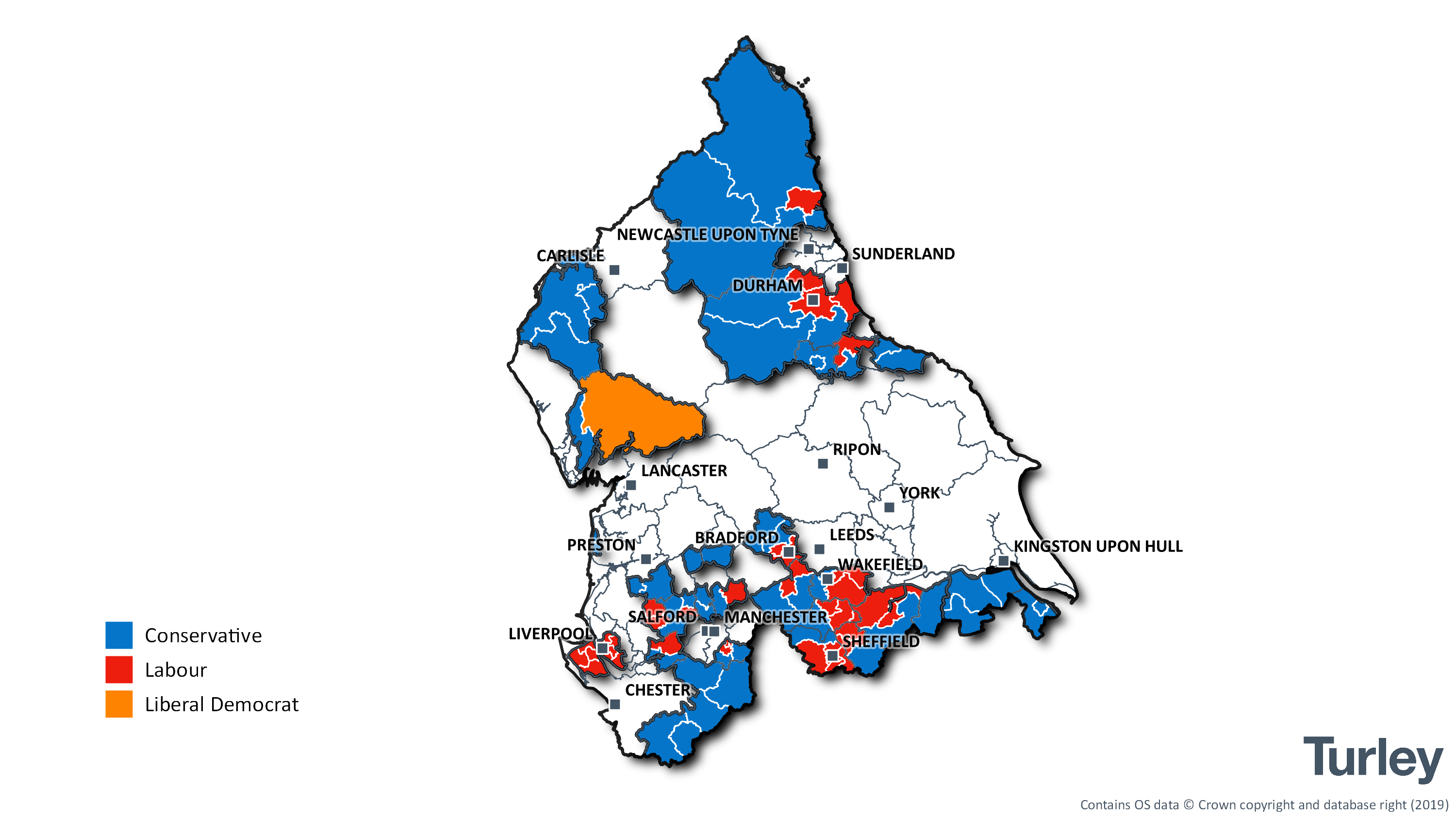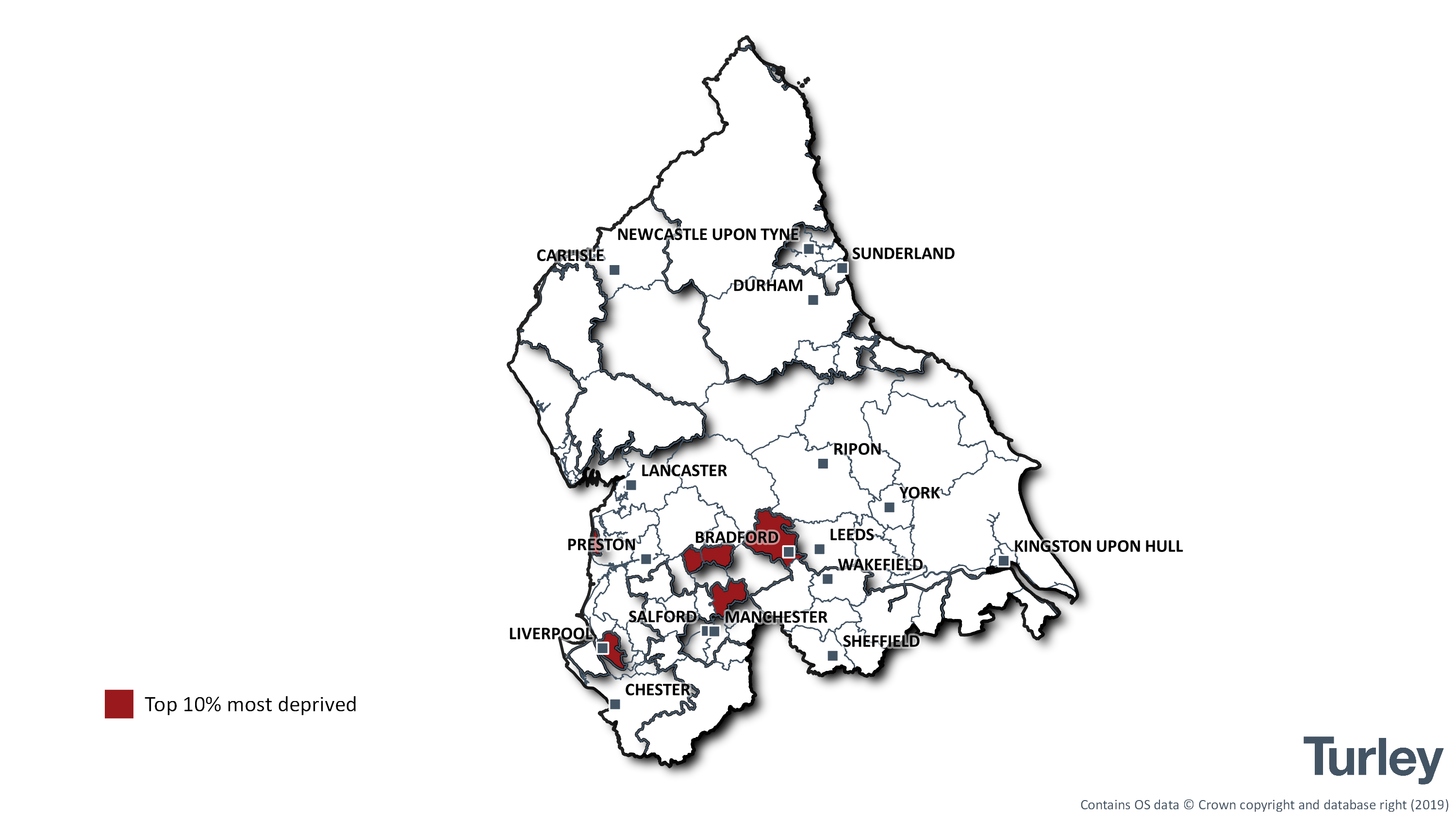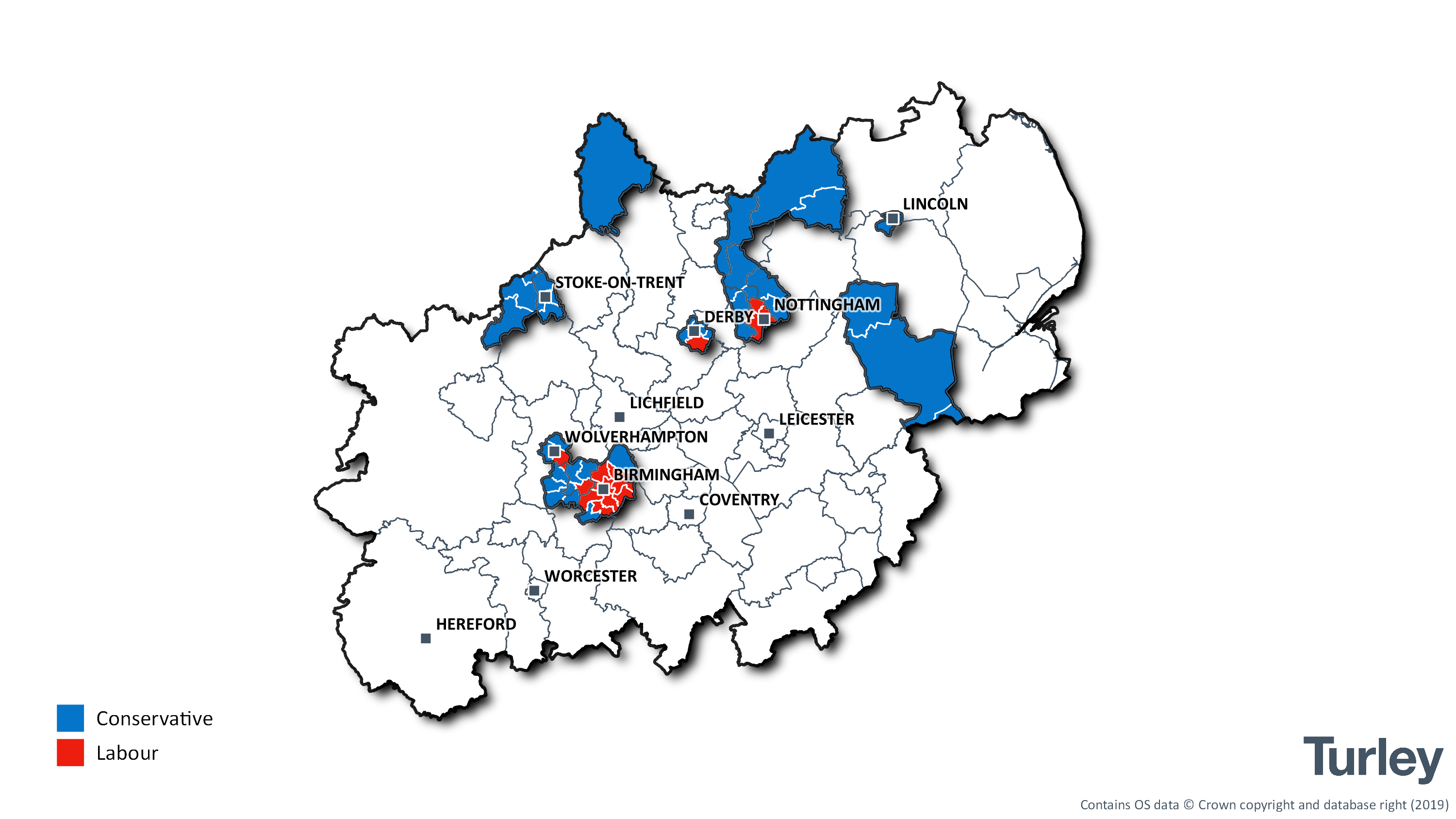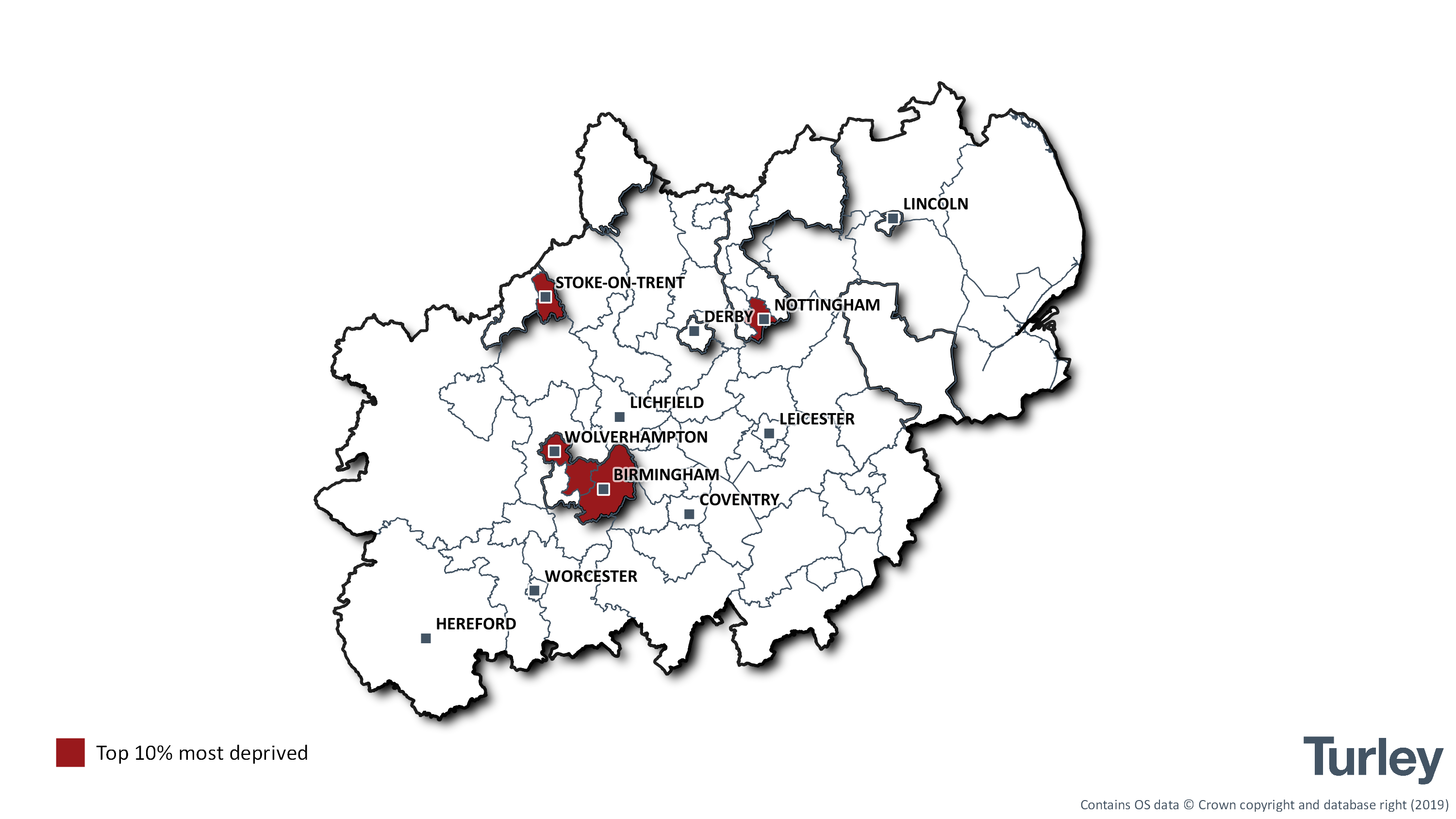Comment
Planning for sunlit uplands?
Earlier in the year Turley highlighted some of the very real challenges associated with “levelling up” the regions, rebalancing growth and prosperity from a plan making perspective. Our report, “Regional Imbalances in population growth and housing” demonstrated that the Government’s standard method for calculating housing perversely suggests a minimum level of need for homes in the North of England and the Midlands which is actually less than the amount of housing that was delivered in the year 2018/19 or indeed the 3 year period 2016/19.
The full report is available here.
We said that for rebalancing, or as the Prime Minister might put it “levelling up”, to occur, every part of the country needs to play its part in providing the homes that are needed. This is more than just a numbers game – all areas of the country need to provide a choice of homes that meet a diverse range of needs and that are affordable.
The results of the general election have heightened the debate. 45 local authorities across the North and Midlands contain constituencies which changed political representation in the general election. Given the momentous political changes that have occurred and the real expectation that there will be a meaningful change in the fortunes of the regions that voted en masse, it is an opportune moment to reflect on:
- Whether there is a relationship between areas of political change and the most deprived areas in the country in the North and the Midlands?
- What proportion of these areas have been awarded development and regeneration funding through HIF, or been shortlisted via the Future High Streets Fund and Towns Fund?
- Whether under the standard method, these areas could plan for more or less homes than have been historically delivered (over the period 2018/19)?
We conclude that while there is a relationship between multiple deprivation and areas of political change in the general election, this is not universal. The award of funding and shortlisting of areas to potentially benefit from the Future High Streets Fund and Towns Fund also correlates with those local authorities which have seen political change in the general election in the favour of the Conservative party.
Far from helping the “levelling up” process, the standard method for calculating housing need suggests a minimum need that is lower than the number of homes that were actually delivered in 2018/19 in the North and the Midlands. The Government should seriously consider the need to support the North and the Midlands in any subsequent revisions to the standard method to ensure that local plan provisions for homes are not unduly muted.
Our headline results for the North of England are presented first, followed by the Midlands.
The North
We have looked at the characteristics of local authorities with constituencies that changed political control across the North West, the North East, and Yorkshire and Humber regions (hereafter referred to as the North).
Areas of political change

There were 29 local authorities within the North of England containing constituencies which changed political allegiance as a result of the election. Of these the majority moved from Labour to Conservative, smashing Labour’s longstanding ‘red wall’ in the North.
The relationship between deprivation and political change

21% of the Northern local authorities which experienced political change are classified in the top 10% for multiple forms of deprivation based on the English Indices of Deprivation 2019.
Funding awarded and being bid for

90% of the local authorities which contain constituencies with changed political allegiance in the election have either been awarded funding or are bidding for new funds such as the Housing Infrastructure Fund, the Future High Street Fund and the Towns Fund. This suggests that the spatial allocation of past development and regeneration funding and the shortlisting of towns and high streets to potentially benefit from funds in the future bears a strong relationship to the areas which have experienced political change in the North.
What the standard method means for areas of political change
The standard method suggests a minimum level of housing need for those local authorities which have experienced political change which is 24% lower than recent housing delivery (2018-19). There is a risk of planning for fewer homes than the market has actually been delivering recently; this is likely to widen regional inequalities rather than address them and is something we urge the Government to address.
The Midlands
We have looked at the characteristics of local authorities with constituencies that changed political control across the West and East Midlands regions (hereafter referred to as the Midlands).
Areas of political change

There were 16 local authorities within the Midlands containing constituencies which changed political allegiance as a result of the election. In common with the North the vast majority of these seats moved to Conservative control.
The relationship between deprivation and political change

31% of local authorities in the Midlands that contain a constituency that changed political control are within the top 10% most deprived local authorities, based on the English Indices of Deprivation 2019.
Funding awarded and being bid for

81% of local authorities containing a constituency that changed political control in the Midlands have received, or are shortlisted / bidding for funding to assist with housing delivery, their high streets and regeneration of their towns. This is a high proportion of local authorities, in line with the findings for the North.
What the standard method means for areas of change
The areas of political change are yielded a minimum level of housing need that is 3% less than the actual number of homes delivered in the same local authorities in the year 2018/2019. This is unlikely to support a meaningful change for these areas.
For more information contact Richard Laming (Senior Director, Economics) or Nick Jones (Director, Head of Strategic Communications).
19 December 2019
